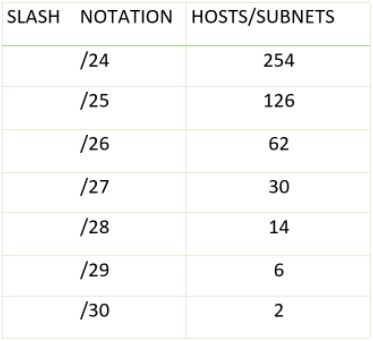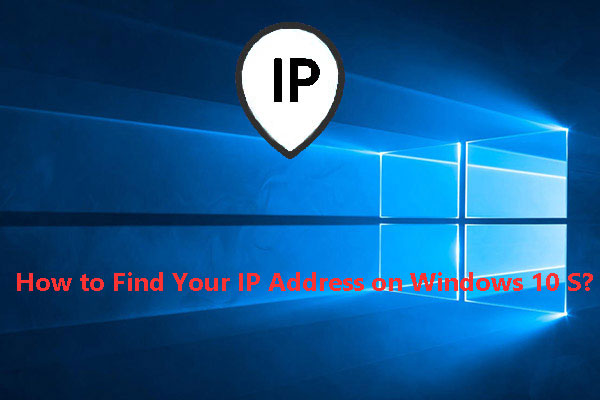If you want to get some information about VLSM, then, this post is what you need. You can know the definition of VLSM as well as the procedure of implementing VLSM. What’s more, you can also know the differences between VLSM and FLSM.
What Is VLSM
What is VLSM? VLSM is the abbreviation of the Variable Length Subnet Mask. The subnet design uses multiple masks in the same network, which means that more than one mask is used for a single class A, B, C, or different subnets of the network.
It can be used to increase the availability of subnets because of their variable size. It is also defined as the subnetting process of subnetting. In the VLSM subnet division, the network administrator can divide the IP address space into subnets of different sizes, and allocate them according to individual needs on the network.
This subnetting can more efficiently use a given IP address range. VLSM is supported by the following protocols: Open Shortest Path First (OSPF), Enhanced Interior Gateway Router Protocol (EIGRP), Border Gateway Protocol (BGP), Routing Information Protocol (RIP) versions 2 and 3, and intermediate to intermediate systems ( IS-IS).
The Procedure of Implementing VLSM
The following is the procedure of implementing VLSM. If the administrator’s IP is 192.168.1.0/24, you can follow the steps below to assign a department-level IP.
Step 1: For each segment, choose a block size greater than or equal to the actual requirement, that is, the sum of the host address, broadcast address, and network address. List possible subnets.

Step 2: Sort all segments in descending order according to the required block size from highest to lowest.
Step 3: The highest available IP must be assigned to the highest requirement so that the sales and purchase department can get 192.168.1.0/25.
Step 4: The next network segment needs an IP to handle 50 hosts. The IP subnet with the network number 192.168.1.128/26 is the second-highest IP subnet and can be allocated to 62 hosts to meet the requirements of the development department.
Step 5: Similarly, the next IP subnet 192.168.1.192/27 can meet the requirements of the accounting department because it has 30 valid host IPs and can be assigned to 26 computers.
Step 6: The last segment requires 5 valid host IPs, which can be achieved through the subnet 192.168.1.224/29, which has a mask of 255.255.255.248.
VLSM VS FLSM
There are two methods for subnetting the IP address of the network: FLSM and VLSM. This part provides information on VLSM vs FLSM. FLSM refers to a strategy where every one of your networks within your infrastructure is the same size. If you are interested in this part, you can keep going.
In FLSM, all subnets have the same size and the same number of hosts. But in VLSM, the size of the subnet is variable, and the number of hosts can be variable. Therefore, by allowing the routing systems, IP address addressing efficiency is higher.
In FLSM, the IP address is wasted, but in VLSM, the smallest IP address is wasted. FLSM is the first choice for private IP addresses, while public IP addresses are the best choice for VLSM.
To understand their differences more intuitively, you can refer to the following table.
| VLSM | FLSM |
| Modern | Old-fashioned |
| Subnets are variable in size | Subnets are equal in size |
| Wastes fewer IP addresses | Wastes more IP addresses |
| Subnets use different subnet masks | Subnets use the same subnet mask |
| Supports only classless routing protocols | Supports both classful and classless routing protocols |
| Subnets have a variable number of hosts | Subnets have an equal number of hosts |
| Complex configuration and administration | Simple configuration and administration |
Final Words
It’s time to make a conclusion. From this post, you can know what VLSM is and what the difference between it and FLSM is. Besides, you can learn the procedure of implementing VLSM. I believe that this post is helpful to you.


